Mulberries, with their sweet, tangy flavor and rich nutritional profile, have been cherished for centuries across Asia, Europe, and beyond. These small, juicy berries are not just valued for their taste but also for their medicinal properties and critical role in the silk industry. But when it comes to global production, have you ever wondered which country leads the way in growing this remarkable fruit?
In this article, we’ll explore the world’s largest mulberry producer, dive into the fascinating history of mulberry cultivation, and examine the cultural, agricultural, and economic importance of this fruit across various countries.
A Quick Look at Mulberries
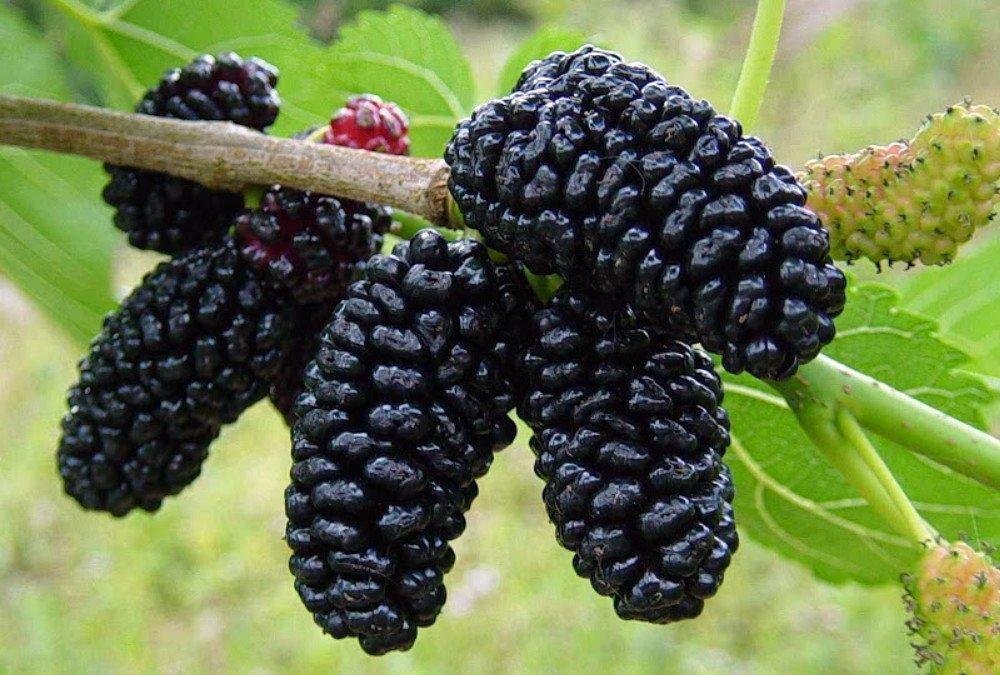
Mulberries belong to the Morus genus and come in several species, including white mulberry (Morus alba), black mulberry (Morus nigra), and red mulberry (Morus rubra). They grow on deciduous trees that thrive in temperate and subtropical regions.
Mulberries are known for their delightful flavor, resembling a mix of blackberries and grapes. Rich in vitamin C, vitamin K, iron, potassium, fiber, and antioxidants, mulberries are consumed fresh, dried, or processed into jams, juices, wines, and herbal medicines.
Additionally, mulberry leaves play a crucial role as the primary food source for silkworms — making the mulberry tree indispensable to the silk industry.
Global Significance of Mulberry Cultivation
Though not as commercially dominant as apples, bananas, or berries like blueberries, mulberries hold considerable agricultural, cultural, and economic importance in many countries. With a growing interest in superfoods, traditional medicine, and organic produce, mulberries are enjoying a modern revival.
According to estimates by the Food and Agriculture Organization (FAO) and global agricultural reports, Asia remains the dominant region in mulberry production, with a few countries leading the charge.
Which Country Is the Largest Mulberry Producer in the World?
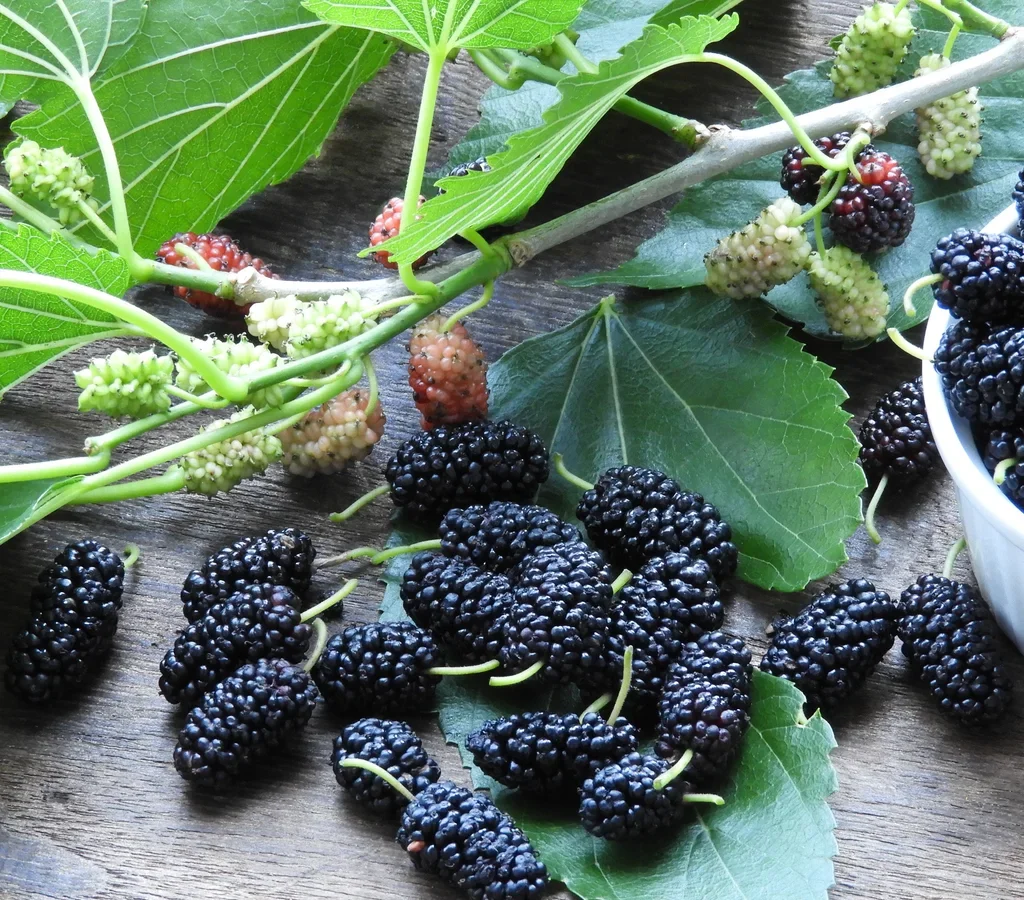
As of the latest available data, China stands as the largest mulberry producer in the world — and by a considerable margin.
Top Mulberry Producing Countries (Approximate Annual Production):
- China — Over 750,000 metric tons
- India — 150,000 metric tons
- Pakistan — 90,000 metric tons
- Turkey — 70,000 metric tons
- Iran — 55,000 metric tons
These five countries collectively produce the bulk of the world’s mulberries, with China contributing nearly 75% of the total global production.
Why Is China the World’s Leading Mulberry Producer?
Several key factors have enabled China to dominate global mulberry production:
1. Ancient Tradition and Historical Roots
China has been cultivating mulberries for over 4,000 years, primarily because of their connection to the sericulture (silk production) industry. Ancient Chinese texts and legends highlight the mulberry tree’s significance, especially in regions along the Yangtze River Basin.
Silk was one of China’s most prized exports in ancient times, and the Silk Road trade routes owe their existence largely to the country’s mulberry and silk industry. The tradition continues today, with mulberries cultivated both for their fruit and their leaves for feeding silkworms.
2. Ideal Climatic Conditions and Large Cultivable Area
China’s vast territory includes large swathes of land with temperate and subtropical climates ideal for growing various mulberry species. The fertile plains, river valleys, and plateaus in regions like Sichuan, Jiangsu, Zhejiang, and Guangdong provide perfect conditions for mulberry farming.
3. Dual-Purpose Cultivation: Fruit and Sericulture
China’s mulberry industry benefits from its dual-use nature. Not only are the berries harvested for fresh and dried consumption, but the leaves are crucial for raising silkworms, which produce high-quality silk for domestic use and export.
This integrated cultivation system ensures a steady demand for mulberry trees and sustained interest from both agricultural and industrial sectors.
4. Government Support and Agricultural Modernization
The Chinese government actively supports mulberry and sericulture industries through research initiatives, financial subsidies, and improved farming techniques. Modern mulberry plantations, high-yield varieties, and integrated pest management practices have significantly increased productivity.
Major Mulberry-Producing Regions in China
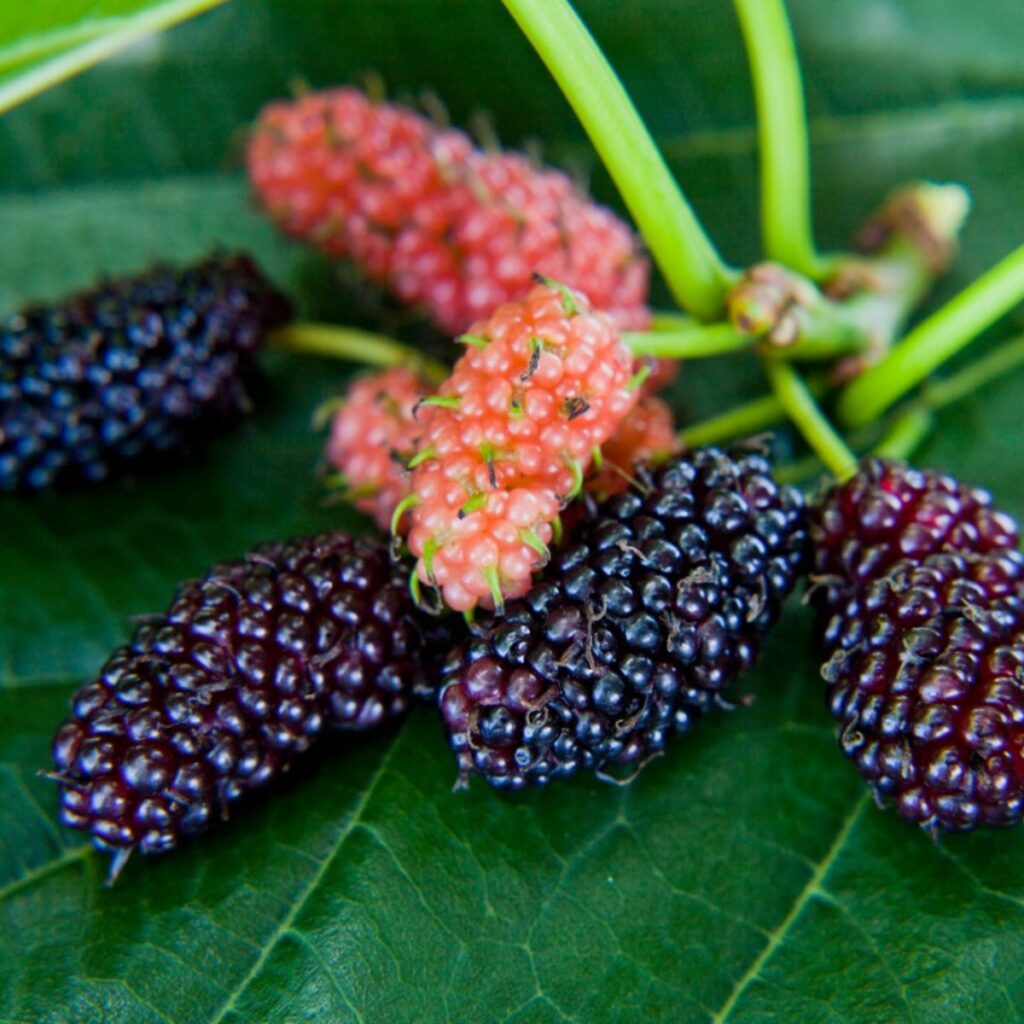
While mulberries grow across much of China, certain provinces lead in both quantity and quality:
- Jiangsu and Zhejiang: Historic centers of silk and mulberry farming.
- Sichuan: Known for both fresh mulberry production and silkworm rearing.
- Guangdong and Hunan: Important contributors to China’s commercial mulberry harvest.
China’s Role in the Global Mulberry Market
China dominates the export of dried mulberries, mulberry-based teas, health supplements, and mulberry wine. These products are highly sought after in markets across Japan, South Korea, Southeast Asia, Europe, and the United States.
Additionally, China exports sericulture technology, silkworm breeds, and processed silk products, maintaining its reputation as a global leader in the silk and mulberry industries.
India: The Second-Largest Mulberry Producer
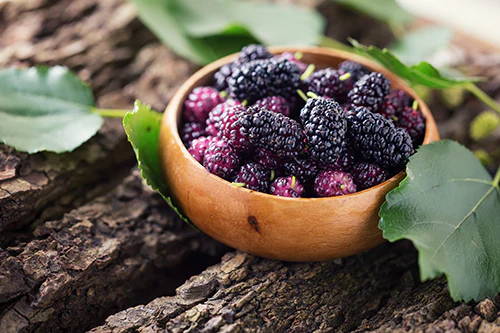
India ranks second in global mulberry production, producing over 150,000 metric tons annually. Mulberries are primarily grown in Karnataka, Tamil Nadu, Andhra Pradesh, and West Bengal.
Like China, India cultivates mulberries for both their fruit and their leaves for silkworm rearing. India is the second-largest silk producer in the world, and its sericulture industry relies heavily on mulberry cultivation.
Fresh mulberries are popular in Indian markets, while dried mulberries and mulberry-based herbal medicines are growing in popularity as health foods.
Other Major Mulberry Producers
Pakistan
Producing around 90,000 metric tons yearly, Pakistan’s mulberries are grown in Punjab and Khyber Pakhtunkhwa provinces. Mulberries are valued for their use in folk remedies, dried fruit markets, and home-based sericulture.
Turkey
With an annual production of 70,000 metric tons, Turkey is one of the few European countries with a significant mulberry industry. Turkish mulberries, particularly the white mulberry, are often sun-dried and sold as a healthy snack domestically and abroad.
Iran
Producing about 55,000 metric tons, Iran’s mulberries are consumed fresh, dried, or used in traditional desserts and herbal medicine. Mulberries hold cultural importance in Iranian households, especially during the summer.
The Future of Global Mulberry Production
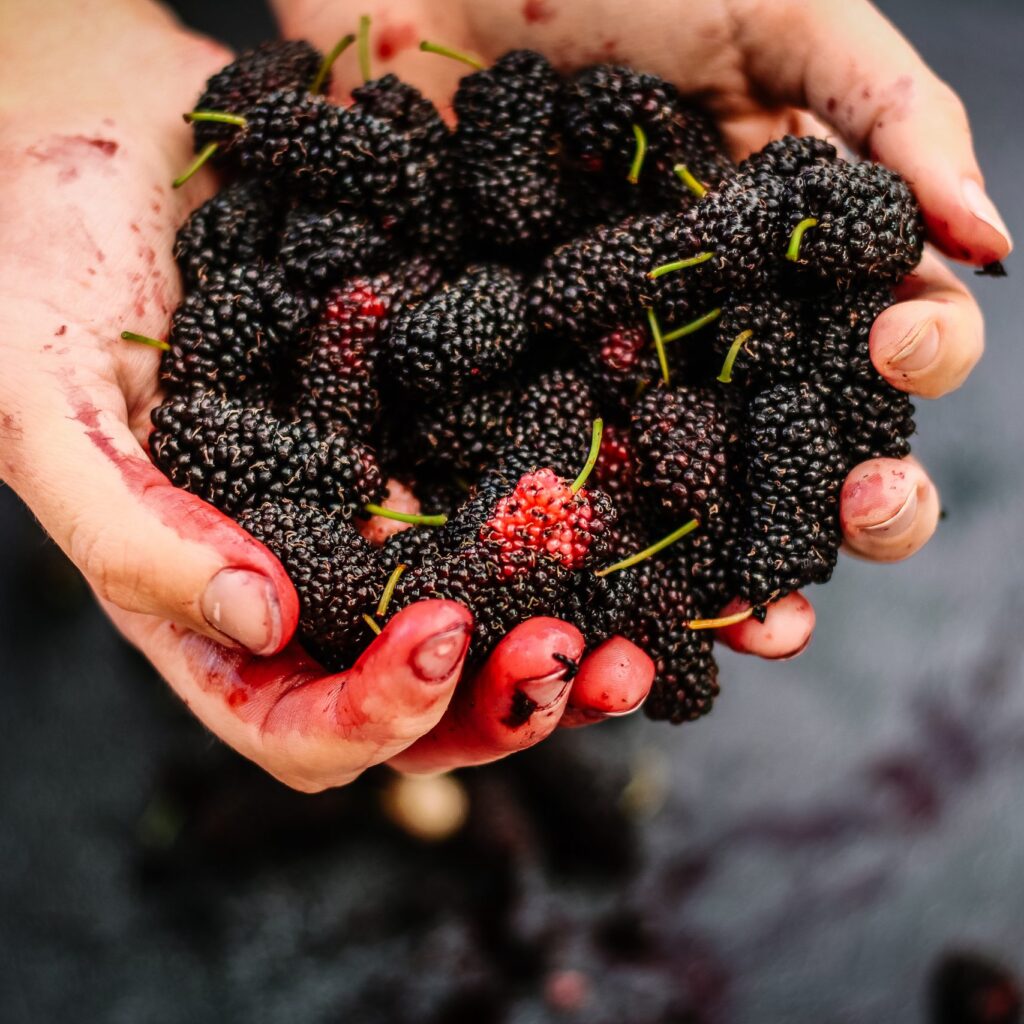
The global mulberry industry is experiencing renewed interest due to increasing demand for organic superfoods, natural remedies, and silk textiles. Countries like China and India continue to modernize their cultivation and processing techniques, focusing on:
- High-yield mulberry varieties
- Organic farming methods
- Value-added products like mulberry juice, wine, syrups, teas, and dietary supplements
- Sustainable sericulture practices
Meanwhile, emerging producers in regions like California, Brazil, and Central Asia are exploring mulberry cultivation as climate-resilient crops with both economic and ecological benefits.
Final Thoughts
From ancient empires to modern supermarkets, the humble mulberry has traveled a fascinating journey. Cherished for its sweet, healthful fruit and vital role in the silk industry, the mulberry tree continues to hold agricultural and cultural importance.
At the top of this global industry stands China, the undisputed world leader in mulberry production. Thanks to its ideal climate, centuries-old tradition, dual-purpose cultivation, and government support, China’s dominance in the mulberry world remains unchallenged.
As global awareness of mulberries’ health benefits and eco-friendly cultivation grows, this ancient fruit’s future looks bright — and its significance, both on our plates and in our wardrobes, seems certain to endure.

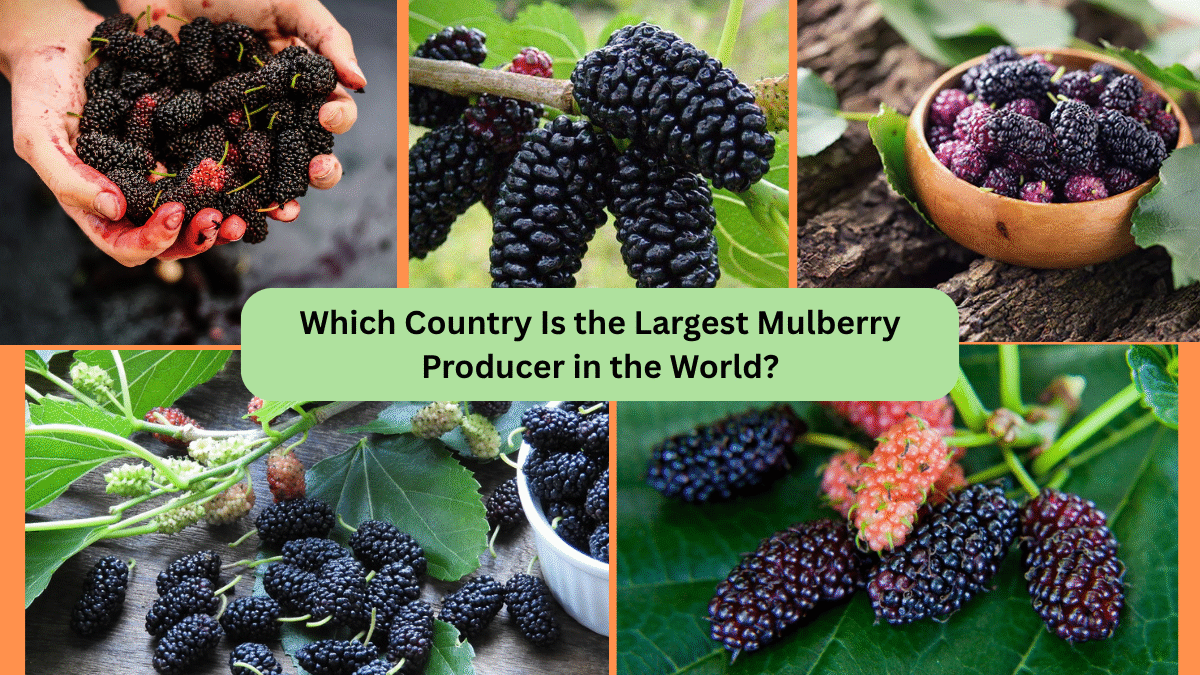



Leave A Comment